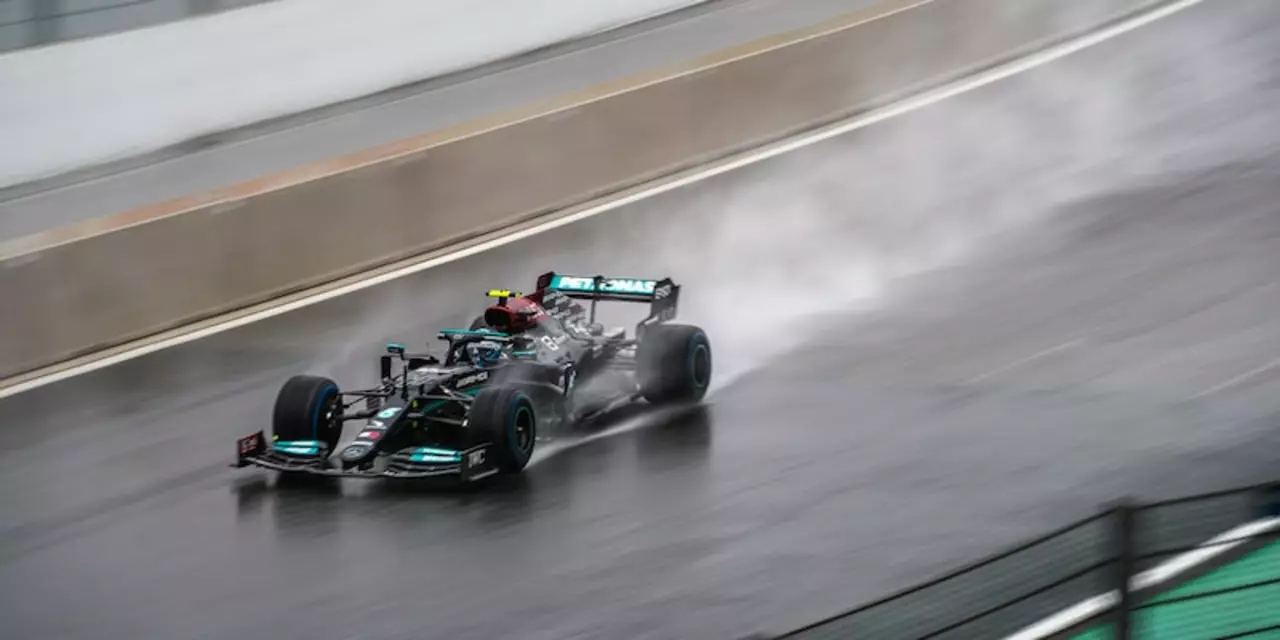USA Motorsports Hub – All the Fast‑Lane Action in America
If you love the roar of engines and want to know what’s happening on the U.S. racing scene, you’re in the right place. From Formula 1’s street circuits to NASCAR’s iconic ovals and IndyCar’s high‑speed duels, America offers a mix of styles that keeps fans hooked. Below we break down the big leagues, why they matter, and how you can jump in whether you’re a casual viewer or an aspiring driver.
Why F1, NASCAR, and IndyCar Each Bring Something Unique
Formula 1 in the USA may feel like a foreign guest, but the races in Austin, Miami, and the upcoming Las Vegas Grand Prix draw crowds that rival any European event. The high‑tech cars, hybrid power units, and global driver roster make it a showcase for cutting‑edge engineering. Compared to the raw, muscle‑car vibe of NASCAR, F1 leans on aerodynamics and strategy – think tyre choices, pit‑stop timing, and fuel management.
NASCAR, on the other hand, is pure American muscle on oval tracks. The series thrives on close‑quarters racing, slipstream battles, and the drama of drafting. Fans love the tradition of super‑speedway events like the Daytona 500, where the noise level alone feels like an extra lap of excitement. If you’ve ever wondered why some say F1 is “better” than NASCAR, it’s often about technology and global reach, but NASCAR wins on fan loyalty and the all‑American feel.
IndyCar sits somewhere in the middle. It mixes open‑wheel speed with a variety of circuits – ovals, road courses, and street tracks. The Indianapolis 500 remains a crown jewel, but races in St. Petersburg and Portland keep the calendar fresh. IndyCar’s cars aren’t as technologically complex as F1, making the competition tighter and the driver skill more obvious.
Getting Involved: From Watching to Riding
Thinking about joining a racing team? Start small. Karting is the classic entry point – it teaches braking, cornering, and racecraft without the expense of a full‑size car. Once you’ve got track time, look for local racing clubs that run amateur series in the U.S. Many clubs offer mentorship programs and help you earn the licenses needed for higher‑level events.
If you prefer two wheels, motorcycle racing also has a solid foothold in the States. Riders lean deep into turns using counter‑steering, a technique that sounds odd until you see it in action at events like the AMA Superbike Championship. The physics are the same whether you’re on a dirt bike or a street racer – balance, body position, and tyre grip decide who stays upright.
Environmental concerns are nudging the industry toward greener options. Formula E, the electric counterpart to F1, is gaining traction in U.S. cities, while NASCAR has introduced hybrid power units to cut emissions. Keeping an eye on these developments helps you stay ahead of the curve, whether you’re a fan or an aspiring participant.
Whether you’re chasing the speed of a turbo‑charged V6 on a Formula 1 grid, the thunder of a V8 stock car on a NASCAR oval, or the precision of an IndyCar on the Indianapolis Brick, the U.S. has a spot for every racing taste. Dive into race weekends, follow the drivers on social media, and maybe even sign up for a local track day. The fast lane is open – all you need to do is step on the gas.
